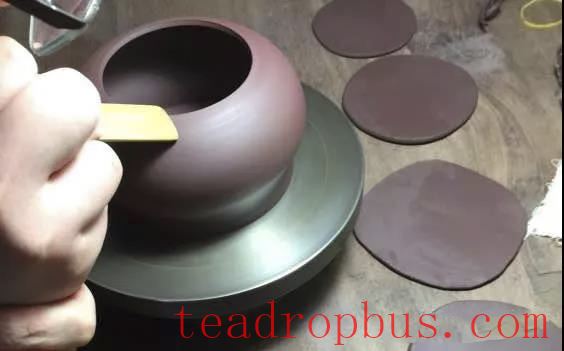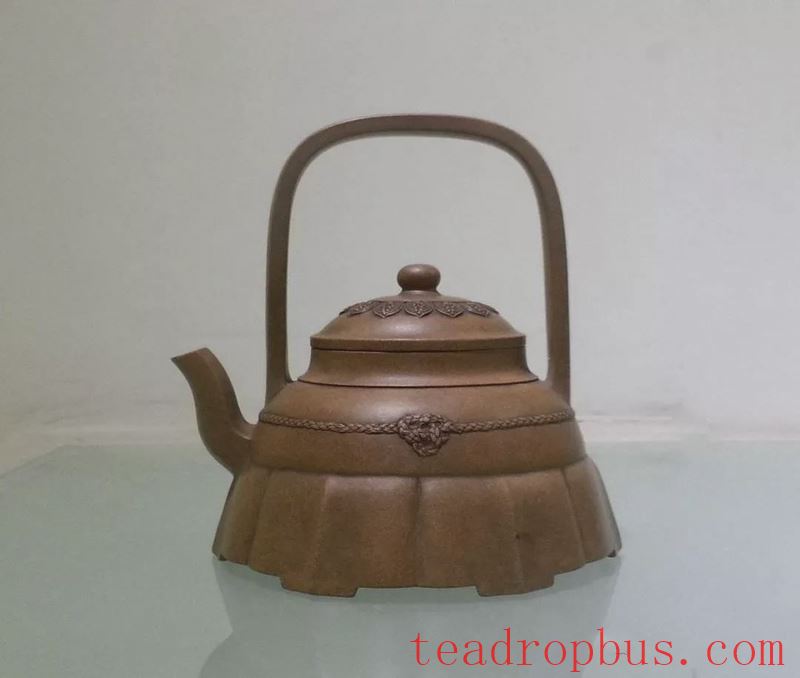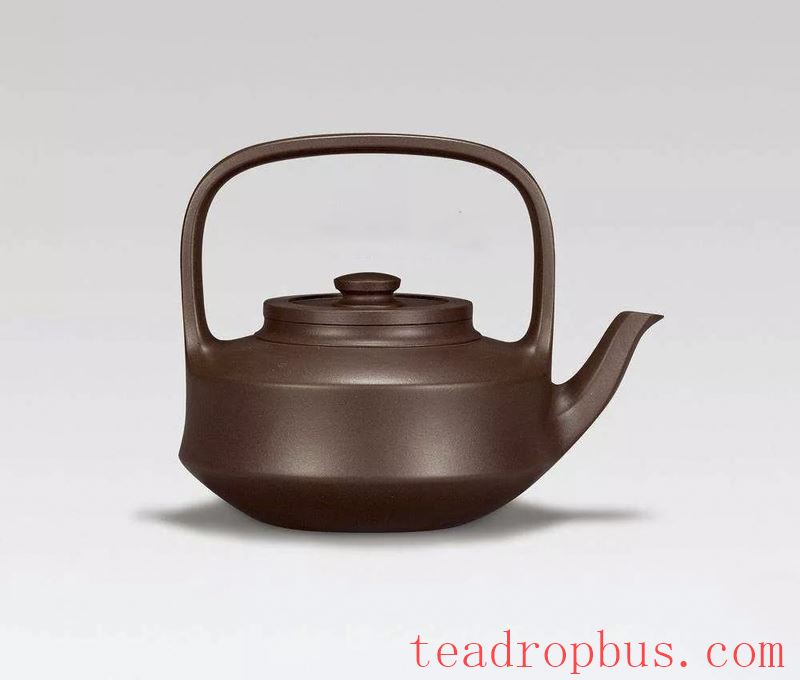As the saying goes, slow work yields fine results. Purple clay Teapots are not fast-moving consumer goods. Many enthusiasts are curious about one question: how long does it take to make a purple clay Teapot? Today, using handmade teapots as an example, let's discuss this topic. First, we need to understand that most teapot makers, when making teapots, are usually not crafting them one by one, aside from personal creations.

For one, everyone has some understanding of the process of making a Purple Clay Teapot. The process of making one by hand is quite intricate, from pounding the clay into sheets, cutting tools, making the lid, spout, and handle, to refining the details. Each step requires different tools, so if you were to make them one by one, you would have to frequently change tools and molds, which would be very inefficient.
Secondly, if only one teapot of this style is made, after the teapot body is completed, it needs to be fired in a kiln. However, conditions inside the kiln are not entirely controllable. If there are defects or cracks during firing, then not only is the effort wasted, but it also wouldn't be possible to give an explanation to the customer. Therefore, they typically don't just make one at a time. Additionally, because each master makes different shapes of teapots and has varying levels of detail and requirements, these factors can all affect the final completion time of a teapot.

After understanding these points, everyone should realize that the time it takes to complete a teapot cannot be precisely quantified; there are many influencing factors.
Let's take two examples. Mr. Wang Yinchun, one of the Seven Elders of Purple Clay, was considered the most productive and fastest among them. When he worked at the Purple Clay Factory, he could complete two imitation antique raw bodies in a day, which might be considered the fastest speed for making teapots.

Speaking of Mr. Jingzhou, he completed 110 imitation antique teapots with a flattened bottom within thirty days for a custom order, working day and night with his assistant. This was the largest concentrated production in Mr. Gu's life and the only time he did such a thing. On average, it was less than two teapots per day.

That said, these are relatively quick examples. In those situations, they had tasks to complete, ensuring quantity and quality without too much focus on the intricacies of craftsmanship. When it comes to personal creations, the time required to complete a teapot is much longer. For example, Mr. Wang Yinchun spent a full two months completing the Skirted Floral Handle Teapot. Mr. Gu Jingzhou, on the other hand, spent a total of forty years refining his famous Wall Teapot.
Currently, even in the case of handmade teapots, ensuring their craftsmanship and refinement, it takes several days to complete the raw body alone, not to mention additional processes like engraving, firing, and finishing. Therefore, from start to finish, including firing, making a fully handmade purple clay teapot is also very time-consuming. Here, we remind enthusiasts to pay attention to sales volumes when purchasing.

Be cautious of those who claim monthly sales in the hundreds or thousands, all allegedly made by the same author and crafted entirely by hand.